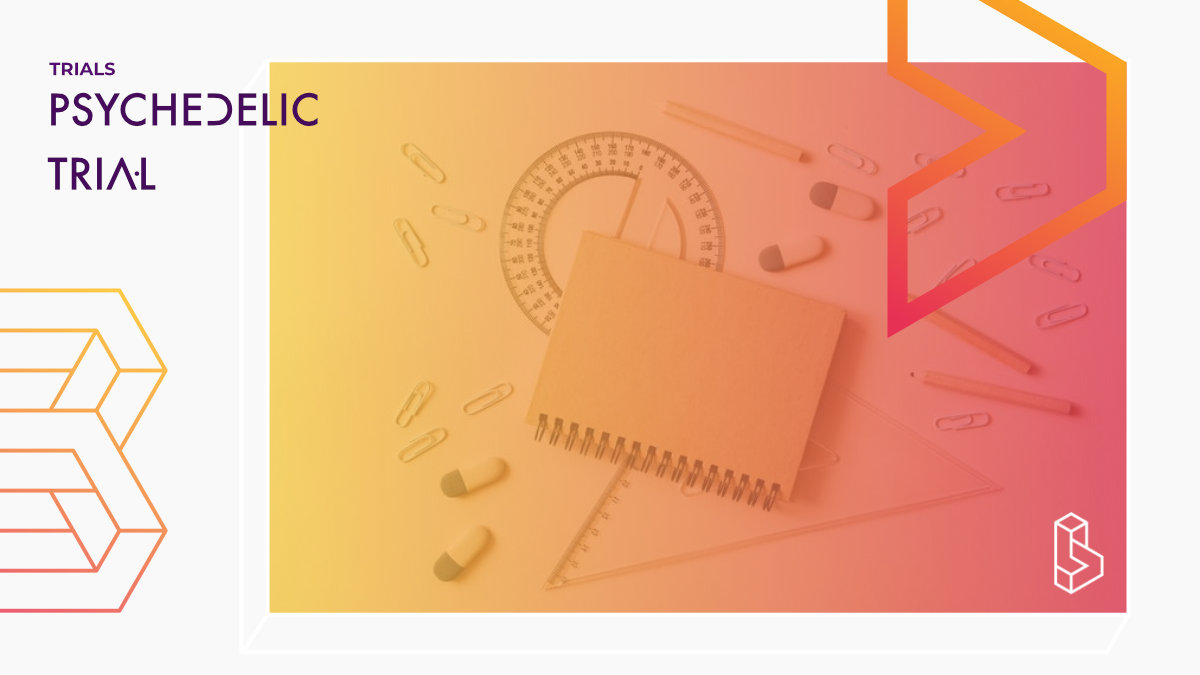Primary Aim: In participants with opioid use disorder (OUD) in early or sustained full recovery on buprenorphine/naloxone therapy, to characterize adverse events associated with adding two psilocybin doses to a stable buprenorphine/naloxone regimen.
Secondary Aim: To evaluate the effect of psilocybin treatment on the effectiveness of buprenorphine/naloxone maintenance therapy.
Secondary Aim: To evaluate the effect of concurrent buprenorphine/naloxone use on the effects of psilocybin therapy.
Descriptive Aim: To describe any changes in self-efficacy, quality of life, pain.
Trial Details
Trial Number
Sponsors & Collaborators
University of ZurichWithin the Department of Psychiatry, Psychotherapy and Psychosomatics at the University of Zurich, Dr Mialn Scheidegger is leading team conducting psychedelic research and therapy development.

